A clever ocean-based device pulls and permanently sequesters carbon dioxide from the atmosphere, generating green hydrogen in the process.
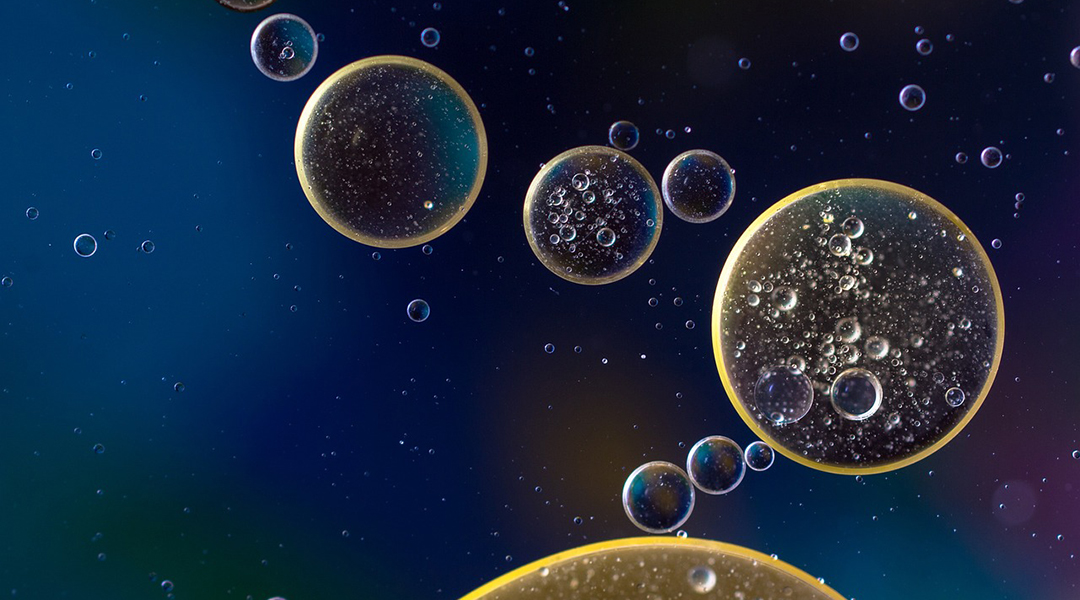

A clever ocean-based device pulls and permanently sequesters carbon dioxide from the atmosphere, generating green hydrogen in the process.
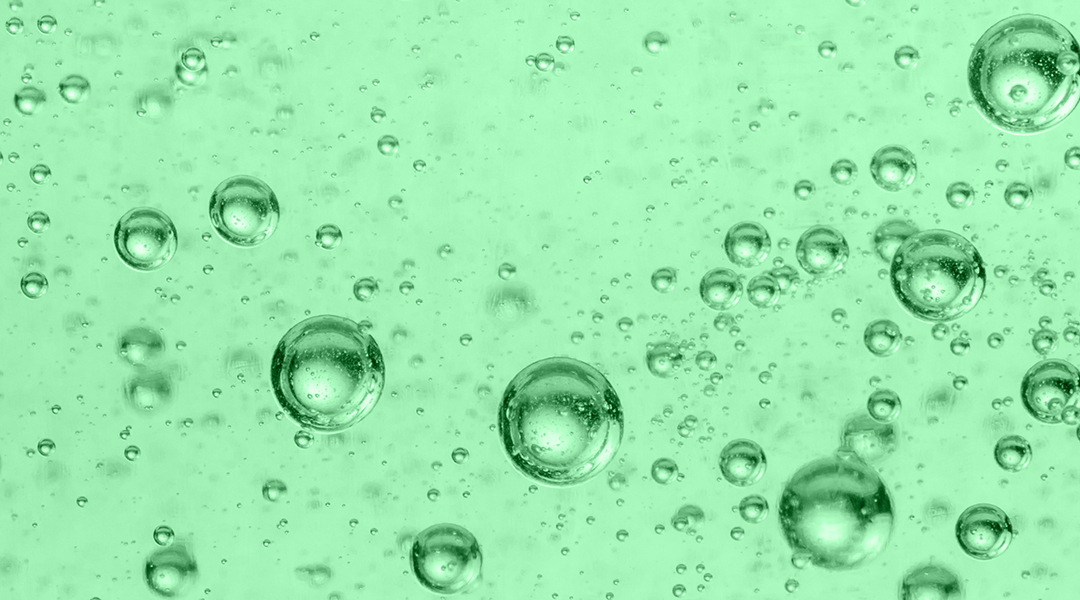
Directly integrated photovoltaic–electrochemical devices could provide a viable path toward a green hydrogen economy.

The Anthropocene has been defined by its carbon emissions, but modern technological advancements may hold the key to breaking this habit.

A low temperature water-splitting protocol uses microwave power in lieu of concentrated solar energy.
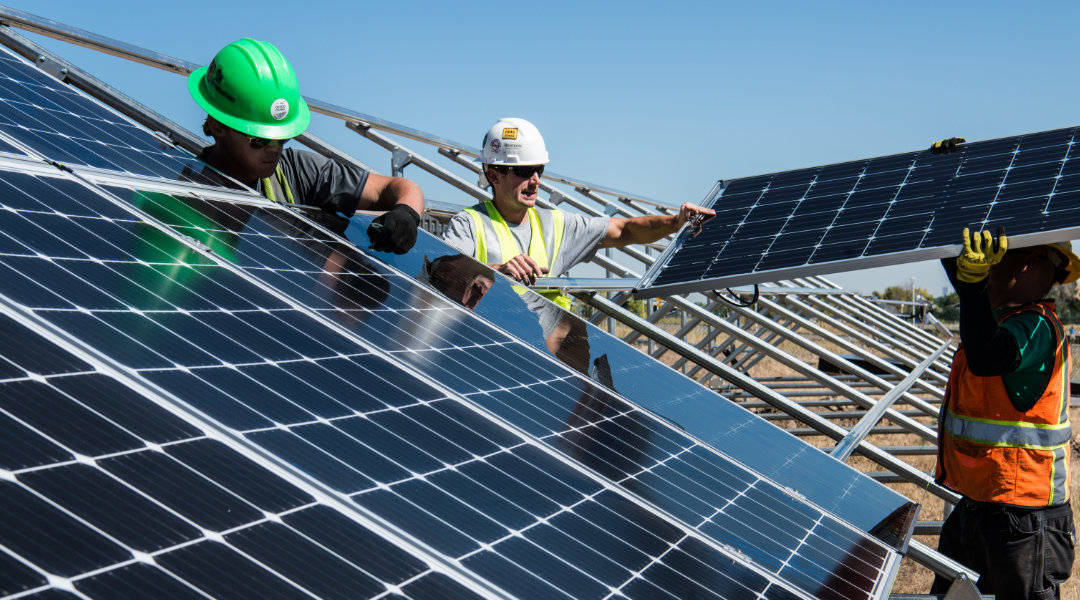
Researchers design a photo-electrochemical reactor to produce affordable “green” hydrogen.

Hydrogen fuel alternatives are expected to help combat climate change, but what are the impacts of hydrogen emissions?
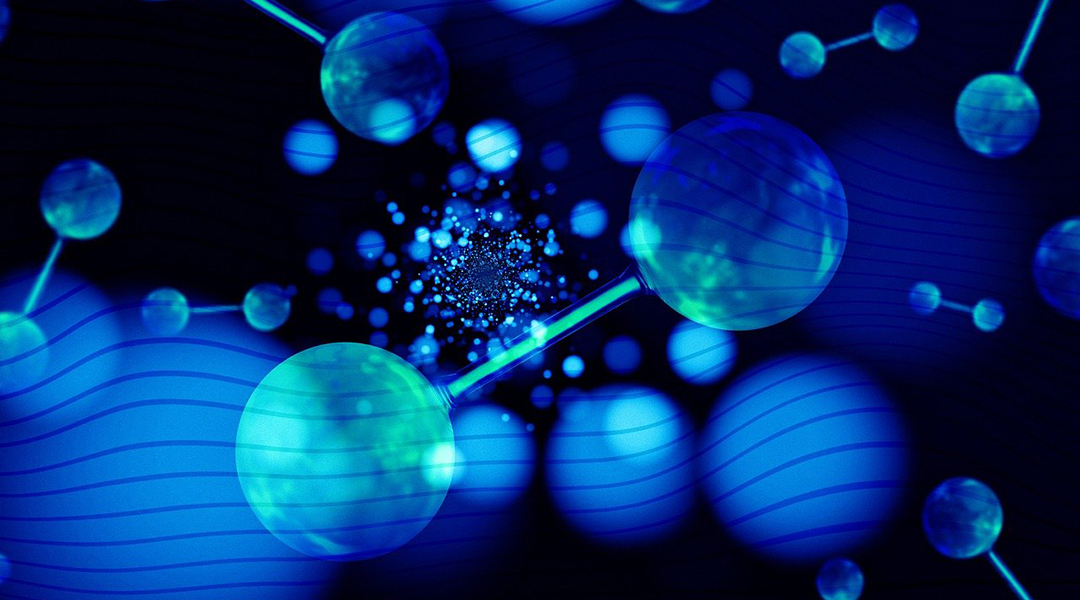
A new electrolysis device could transform the way we produce hydrogen fuel from seawater, addressing challenges that hindered this process.
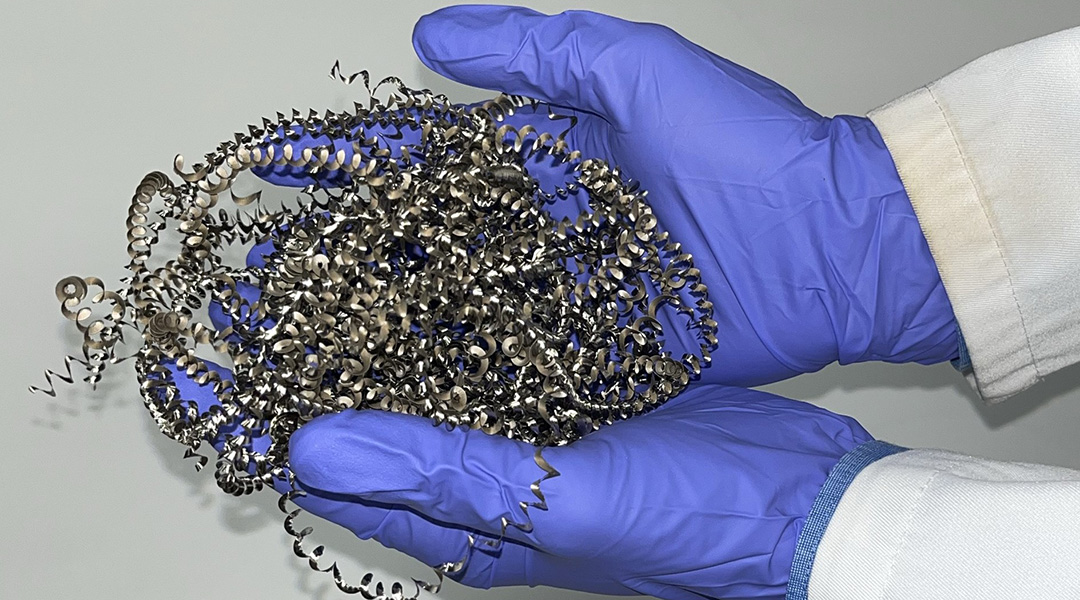
New technique uses waste metal shavings to catalyze hydrogen production, turning nothing but trash and water into clean, renewable fuel.

A flash heating technique breaks down plastic waste and converts it to pure hydrogen and graphene with significantly less emissions and at a low cost.

Recent discoveries have unearthed a bonanza of natural hydrogen in significantly larger quantities than was previously thought possible.